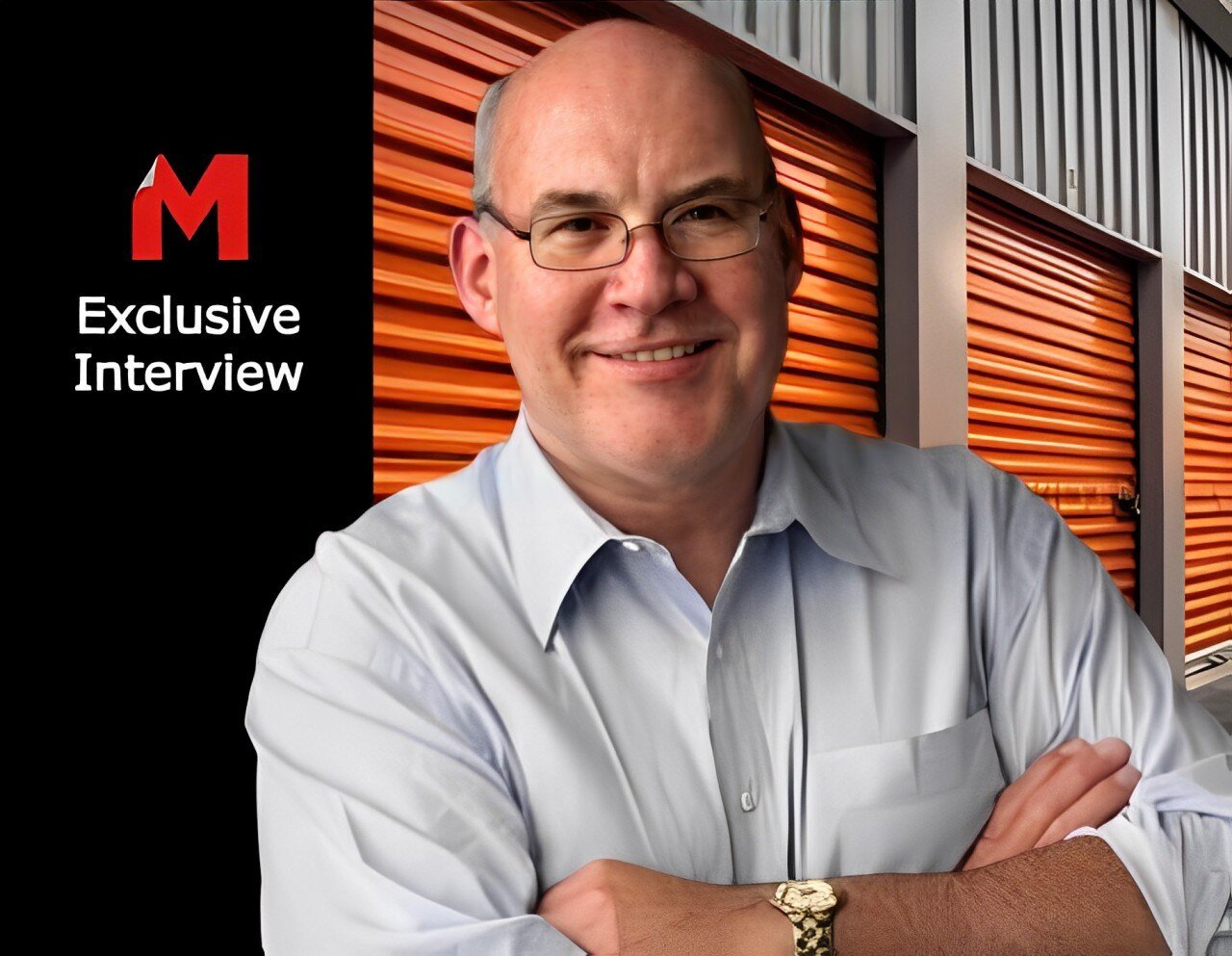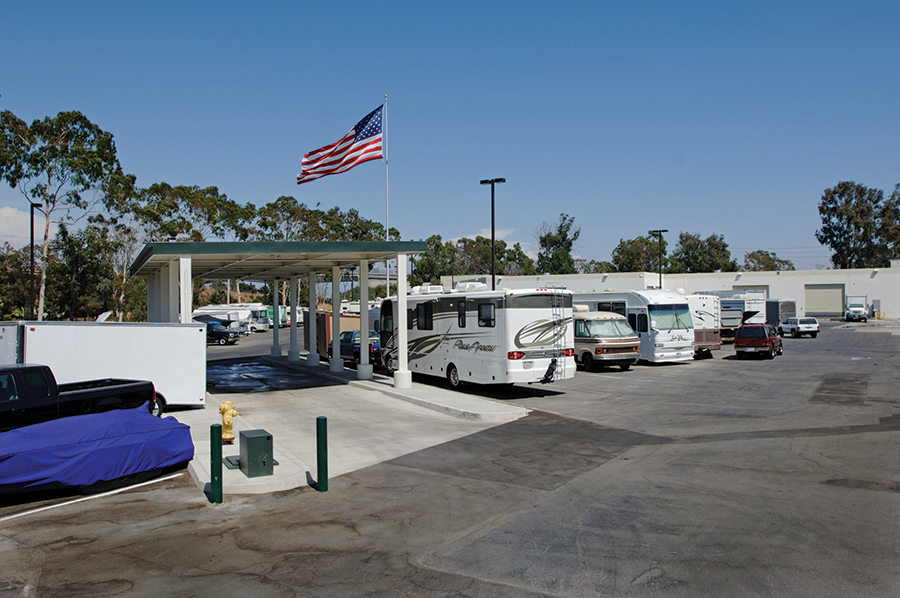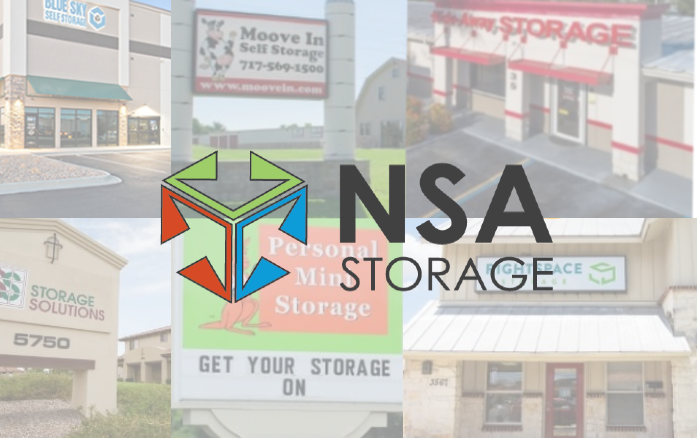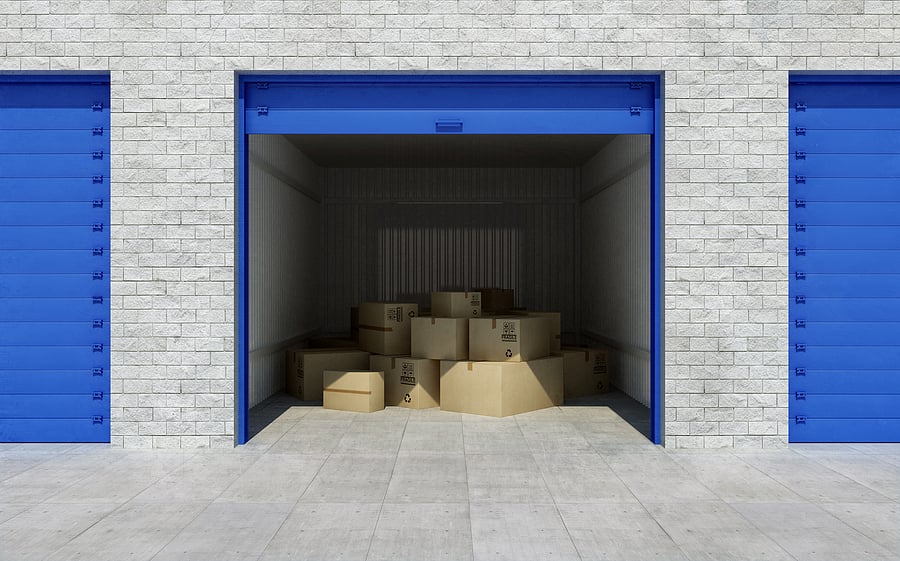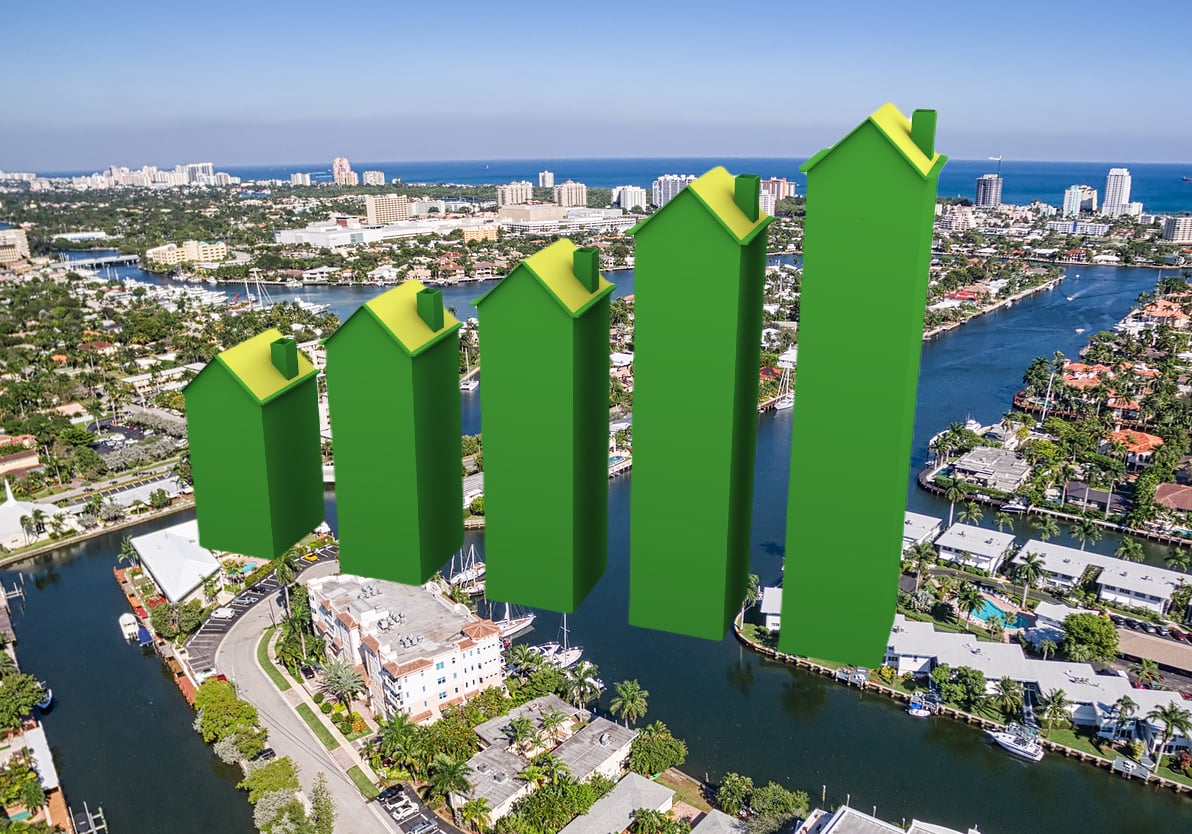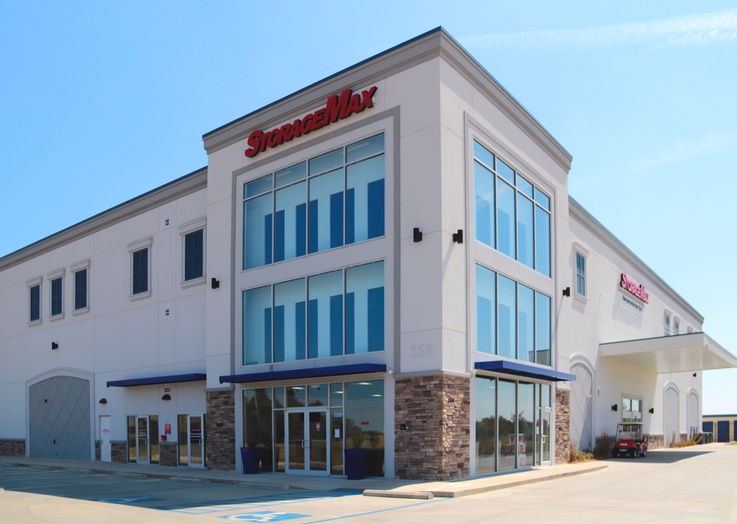Look Who’s Talking: Rachel Parham, President of Noah’s Ark Development
Heading into the fourth quarter, it’s safe to say that 2021 has been a fairly profitable year for the self-storage industry. Rental rates at facilities across the country have rebounded, investment capital is plentiful, and new development is on the horizon to satisfy growing demand for self-storage. But for developers and development companies, it isn’t quite “business as usual.” In fact, several issues that arose during the onset of the pandemic have continued to plague the development process, such as escalating material costs, supply chain disruptions, labor shortages, drawn-out approval procedures, and ever-changing building requirements.
Despite those mounting concerns, developing a new property can still be a rewarding endeavor if you have a good plan and plenty of patience.
Study Hard
According to Rachel Parham, president of Bulverde, Texas-based Noah’s Ark Development, the development arm of The Parham Group’s umbrella of companies, doing your homework is vital to the success of any self-storage project, and a large portion of that research is determining demand.
“Don’t spend hundreds of thousands of dollars before knowing whether it will rent up,” says Parham.
Parham, who was raised in the industry and learned the ropes from her parents Mike and Ann Parham, notes that market studies have become more in-depth over the past two decades and are more important than ever because of the sheer amount of self-storage supply. Reflecting on the 2008 recession, and the number of facilities that floundered as a result of that economic downturn, she prompts developers to keep these questions in mind before they break ground on a new self-storage facility: Is there a customer base? Who is the customer base? Can it survive? The answers to those queries are meant to reveal whether the project a developer is planning to build would have enough customers to withstand a financial crisis. “You need sustainable rents in a market,” Parham says.
Obviously, it’s impossible to predict the future stability of a market with 100 percent accuracy, but ample research does verify current demand and facilitate the prevention of market saturation. Parham suggests obtaining a radius study, trade area study, and economic feasibility study prior to converting an existing building to storage, purchasing a parcel for ground-up development, or building a facility on owned land. Unlike the building boom previous to the 2008 recession, there is more development data available nowadays that can help developers avoid lease-up failure, and market data that details the amount of new self-storage development in the planning stages and under construction should not be ignored.
“Self-storage can’t be building next door to a competitor in most markets,” says Parham, adding that self-storage facilities can compete at a distance. “You have to be smart about picking sites.”
She jests that Walmart or McDonald’s wouldn’t be building new locations without doing thorough market research. They spend money upfront to assess demand before entering an area of interest. What’s more, the attributes that make a site great for a retailer or restaurant aren’t the same for self-storage.
To steer clear of saturation and “REIT-infested markets,” Parham says land in “up-and-coming neighborhoods” with growing populations may be a good fit for self-storage development. While REITs tend to seek opportunities in primary and secondary markets, she mentions that some rural markets are becoming more secondary due to population growth and development, so there may be demand for self-storage in those kinds of areas.
However, Parham is quick to point out that just because an area is constructing a new apartment complex or condominium doesn’t mean a self-storage facility should be built nearby. In other words, demand doesn’t automatically emerge with the erection of multifamily structures. Plus, there’s no telling how long it will take for the project to be completed. It’s also foolhardy to build based on speculative demand.
“It’s important to know all the specifics,” she says, and part of that is understanding the market and its demographics to ascertain the amount of demand as well as the kind of demand.
Comprehensive market studies can provide answers to those demand questions, including whether to build a multistory or drive-up facility. As an example, Parham takes a hypothetical one-acre site into consideration. It’s a great site with ample demand for self-storage, but demographic data shows that drive-up storage is preferred as residents are not keen on utilizing elevators. If you’d ignore that pertinent detail and build a multistory facility instead of seeking a larger parcel for a single-story facility, you may be hard pressed to reach stabilization.
Be Prepared
Once you’ve determined demand, there’s still plenty of pre-development items to iron out before construction can commence. When it comes to avoiding potential building blunders, “doing front work is so important,” says Parham.
Although the pre-development due diligence process is taking longer than ever before, it is crucial to the success of any project. Parham uses a five-step process to learn as much as possible about the property and uncover all its “dirty little secrets.”
“There is no perfect site,” she says. “There will always be obstacles.”
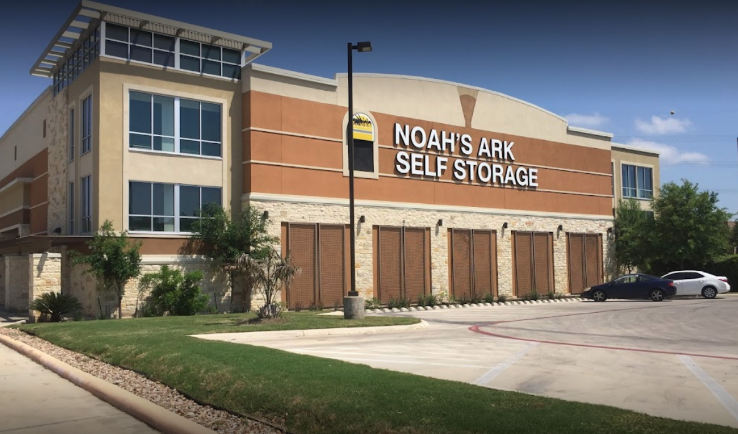 To mitigate hiccups within the approval process, Noah’s Ark hires local civil engineers with knowledge of the area’s building requirements and local expeditors who have rapport with city council members. A local expeditor is especially important nowadays, Parham says, as rezoning can take 1.5 to two years. “That’s how much requirements have changed.”
To mitigate hiccups within the approval process, Noah’s Ark hires local civil engineers with knowledge of the area’s building requirements and local expeditors who have rapport with city council members. A local expeditor is especially important nowadays, Parham says, as rezoning can take 1.5 to two years. “That’s how much requirements have changed.”
Parham goes on to say that some of those changing demands are the result of growing secondary markets as well as municipalities and city councils with “comprehensive plans” for their communities, some of which have involved the rezoning of existing property. “The rezoning taking place has changed the game,” she says, noting that it’s oftentimes necessary to add features to a project, such as retail, flex space, and other conveniences, in order to “appease them” and get it through the approval process. Cities also can deny zoning if self-storage developers aren’t willing to foot the bill for the infrastructure work required to meet the ordinances.
Certainly, the “back and forth” between developers and governing bodies can be exhausting, and the extended timelines throughout the development process can be costly as well. As a matter of fact, the greatest uncertainties in development have become scheduling and material costs.
According to Parham, it is imperative to have a contingency and/or allowances built into a project’s budget to cover unexpected delays and costs. “All costs are going up and lead times are lengthening,” she says. “I can’t guarantee costs anymore.”
Steel, for instance, has a lead time of “three to four months out,” she says. To avert possible setbacks and price hikes, Parham is buying steel for an entire project up front and having it shipped to the site. However, another impediment is the fact that most construction sites do not have a staging area for the steel, which means it must be stored off site until its needed.
The best course of action for mitigating these (and other) unforeseeable occurrences is to have a plan and accept that it will likely change. Parham states that proformas have been extended from five years to 10 years, and those proformas undergo multiple revisions—six or seven drafts to be exact—due to changing costs. She also urges developers to be more realistic with their operating costs when compiling proformas, remarking that even brand-new items at a pristine facility can fail or become damaged upon opening.
Therefore, when it’s time to obtain financing, she suggests going to the bank with “the worst-case scenario,” one that includes a sufficient lease carry, instead of requesting additional funding down the road.
In the event that construction costs are too great to develop the project, and adequate funding isn’t available, Parham proposes phasing as an alternative to entirely scrapping the plan. “That allows the facility to develop with the market,” she says, which can be a practical option within ever-changing markets. For instance, she has a facility in Bulverde, Texas, that was built in 1997 and is on its fourth phase: a multistory building. Moreover, phasing may be necessary in some markets where management is becoming exorbitant.
Make The Grade
Though the operational side of self-storage may be slightly simpler than other real estate, its development side is just as complex. “You still have to build it right,” says Parham, who recommends hiring industry professionals to tackle any unfamiliar aspects of self-storage development.
Above all, make sure you have a stockpile of patience, as it has become an essential element of the equation. “Self-storage is a marathon, not a sprint,” she says.
–
Erica Shatzer is the editor of Mini-Storage Messenger, Self-Storage Now!, and Self-Storage Canada.
More Content
Popular Posts
It’s said that necessity is the mother of...
Self-storage is not an industry that is...
The self storage industry is in a precarious...
Joe Shoen, CEO of U-Haul, has had enough.
Like its name implies, Surprise, Ariz., a...
There are an estimated 700,000 hotels in the...
In a booming economy, expendable income...
National Storage Affiliates Trust (NSA), the...
The question of “abandonment” of stored...
Boat and RV storage has morphed and...
It’s said that necessity is the mother of...
Self-storage is not an industry that is...
The self storage industry is in a precarious...
Joe Shoen, CEO of U-Haul, has had enough.
Recent Posts
A very wise self-storage expert once said...
Senate Bill 709 (SB709) has many in the...
What would you say is the most important...
When Germantown High School in Gluckstadt,...
It’s comforting to know that no matter how...
A very wise self-storage expert once said...
Senate Bill 709 (SB709) has many in the...





